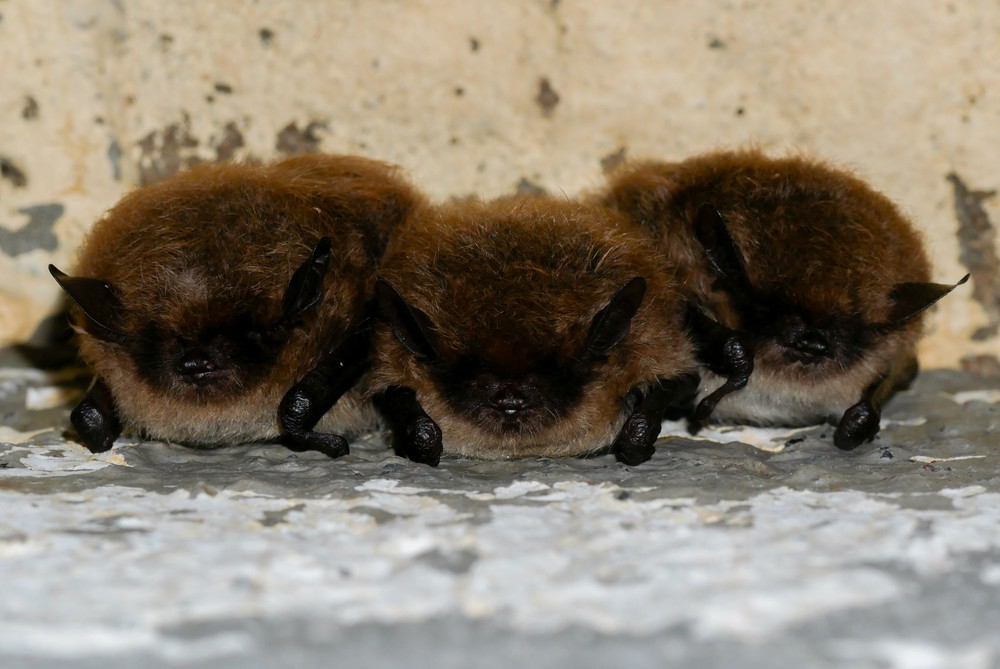
Development of model for automatic bat validation
Client: National Database on Flora and Fauna
Year: 2024
The NDFF had a desire to be able to automatically validate bat sounds using automatic recognition. This, to eventually make validation and observation easier and thus increase the quality and quantity of bat data. Aquila Ecology is currently developing such a model for the NDFF.
CrickIt: development of locust recognition model + android application
Client: Province of Limburg
Year: 2023
During this project, Aquila Ecology developed a grasshopper and cricket sound recognition model. An Android app was also developed that accurately distinguishes vocalising species of grasshoppers and crickets, in order to double the number of sightings of these species coming in to GBIF. The app can be downloaded for free for individuals in the PlayStore: CrickIt
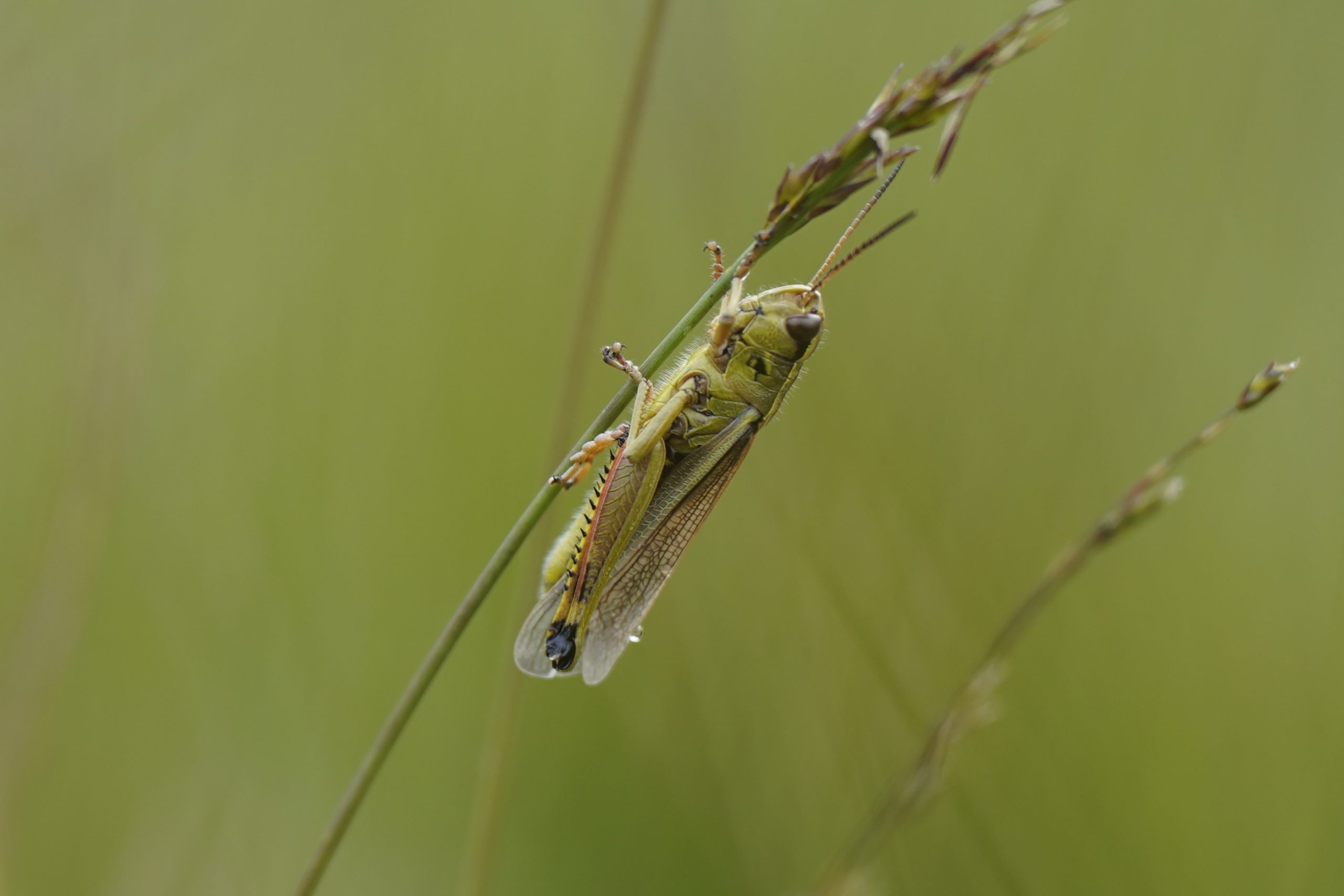
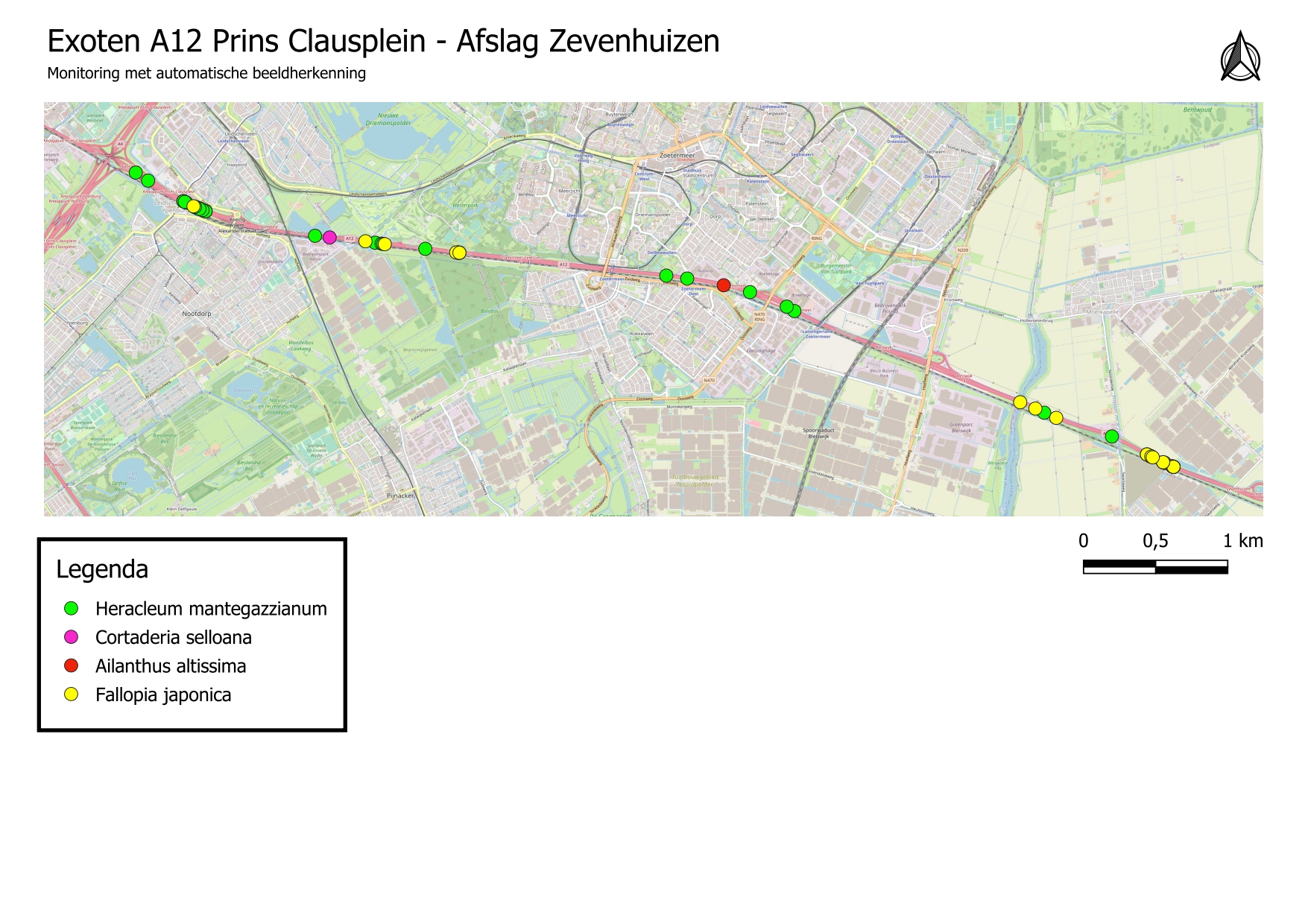
Pilot roadside vegetation inventory with AI
Client: Rijkswaterstaat
Year: 2023
Rijkswaterstaat asked Aquila Ecology to develop a method using AI to survey roadsides of national roads. This includes analysing vegetation to assess natural quality and provide information on biodiversity hotspots, presence of protected species and invasive exotic species. The pilot focused on assessing the reliability, practical feasibility and integration of this method into existing Rijkswaterstaat data streams. In addition, Aquila Ecology examined how this technique compares with traditional methods, the cost of scaling up, and possible combinations with other survey techniques. The technique appears to be suitable for detecting invasive exotic species and identifying flowering and medium-to-large species. We continue to expand and develop this technique.
ColourKeur impact evaluation with AI
Client: Butterfly foundation
Year: 2023
Kleurkeur was set up as a hallmark for ecological roadside management, giving landowners clear guidelines for insect-friendly management. Importantly, roadsides are evaluated to see if management is having the desired effect. Here, to save costs and time, we use machine learning to determine vegetation composition from photographs, resulting in a large dataset at a fraction of the cost. Aquila Ecology has developed this software in-house. Thus, we obtain a comprehensive vegetation dataset with minimal additional cost. In addition to model analysis, we took additional vegetation photographs for validation.
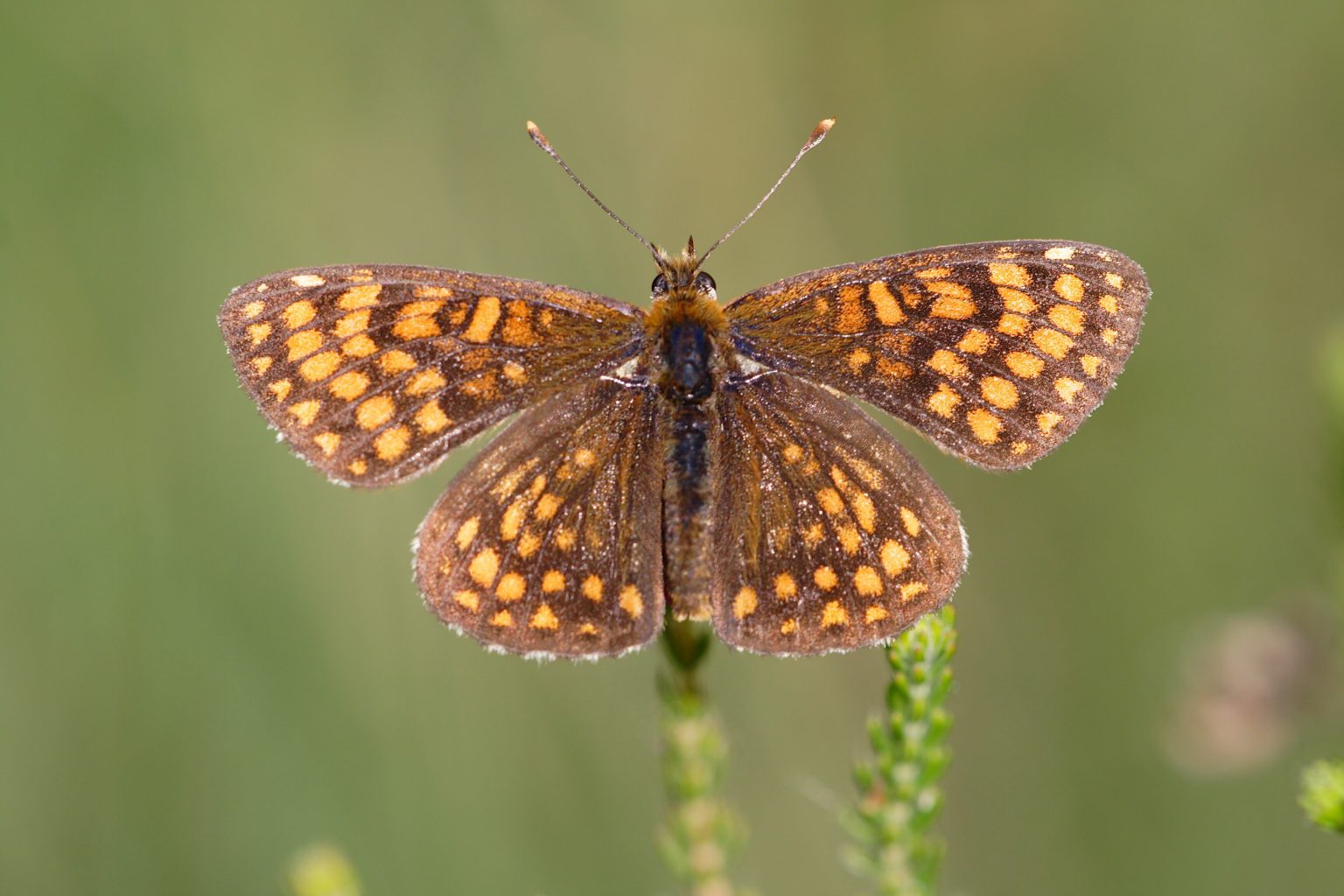
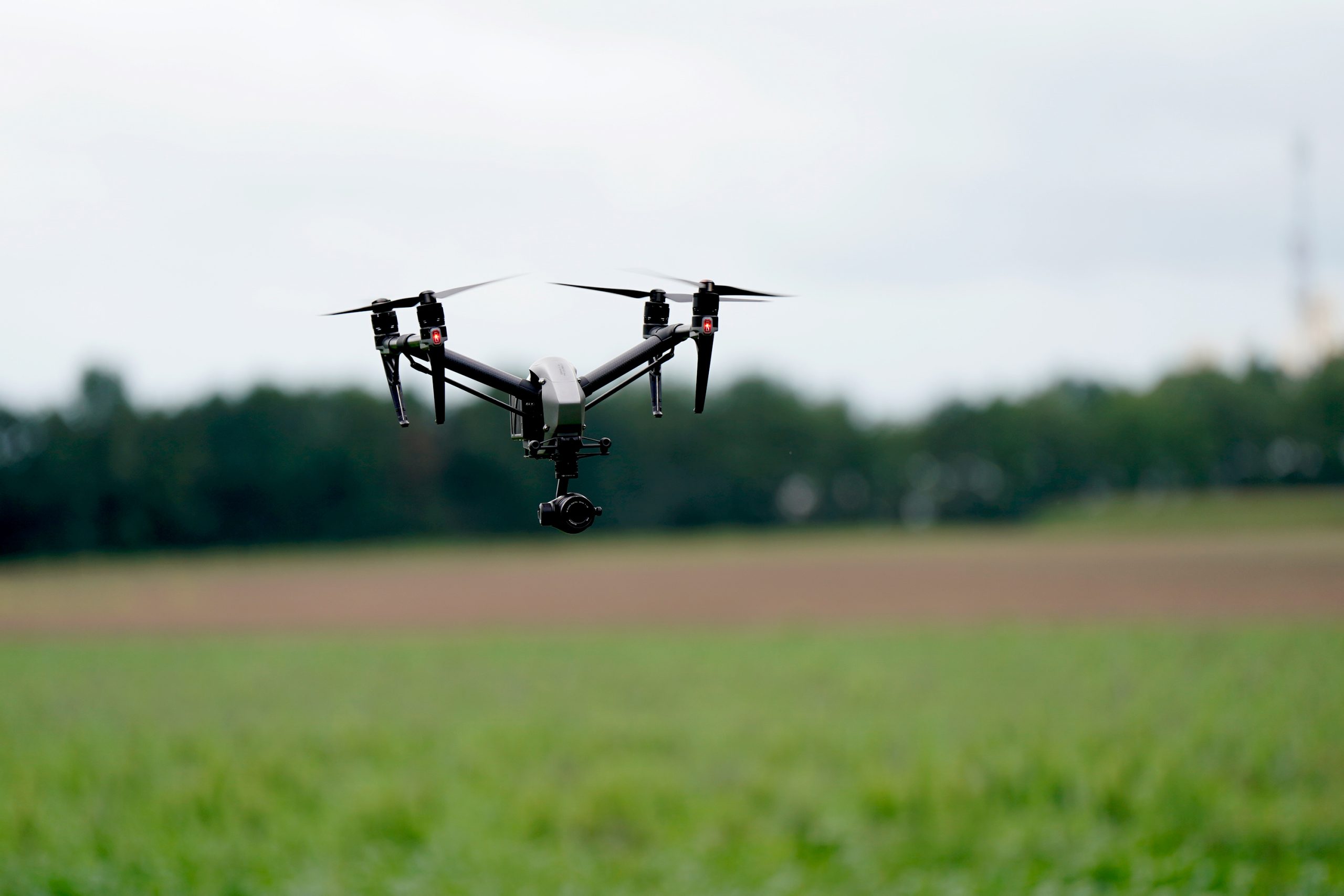
Image recognition for Biodiversity
Client: Rijksdienst voor Ondernemend Nederland (RVO)
Year: 2022
In this project, we investigated the possibility of vegetation monitoring with autonomous drones, where a drone operator can steer the drone over a plot at the touch of a button. The photos taken by the drone are analysed by software that identifies plant species and eventually determines plant communities. Plant communities serve as the national standard for vegetation monitoring. The aim is to efficiently collect information about vegetation at specific locations, which is important for various applications such as agriculture and nature conservation.
